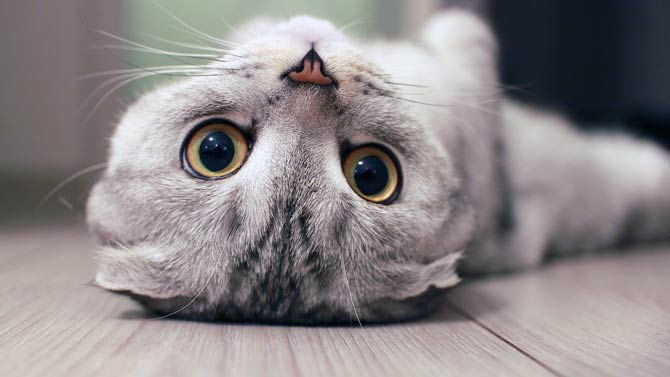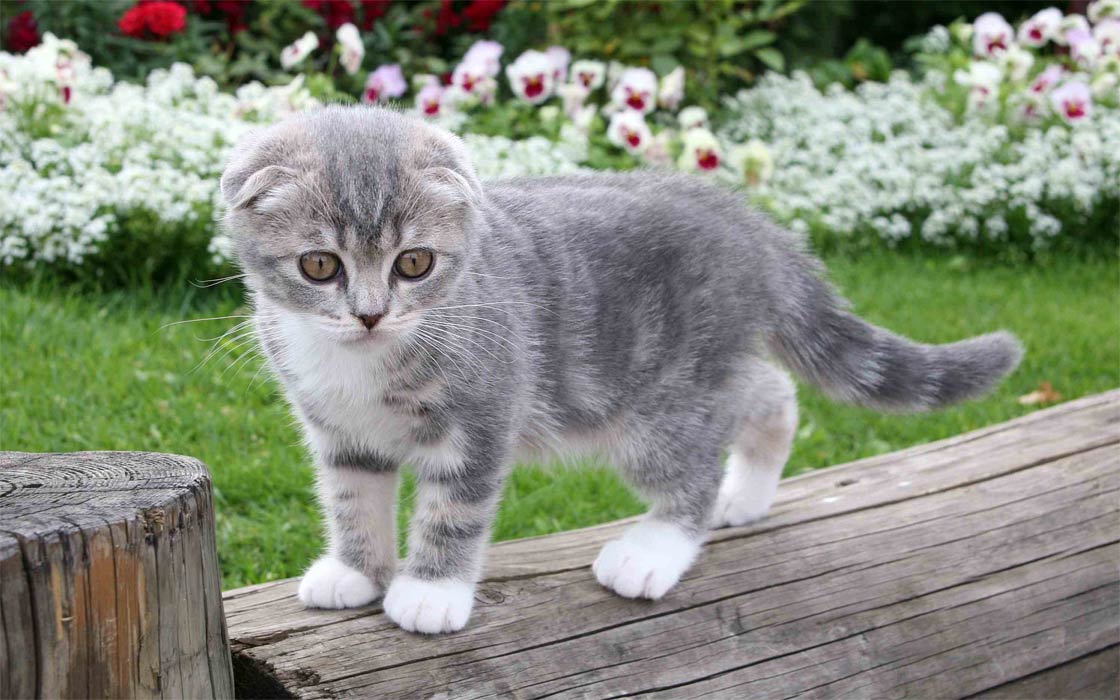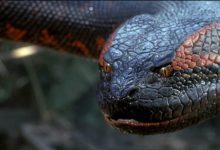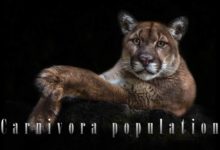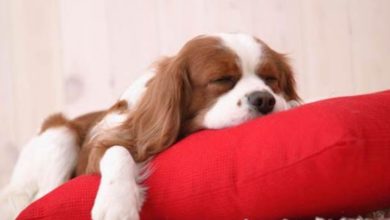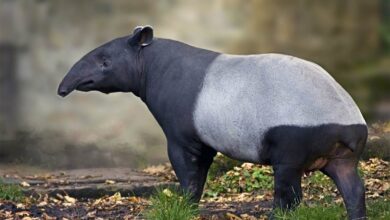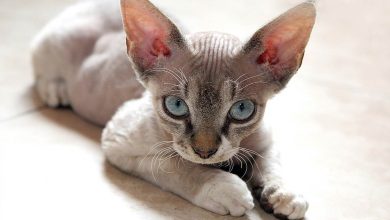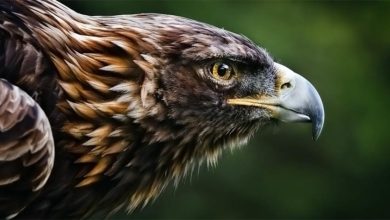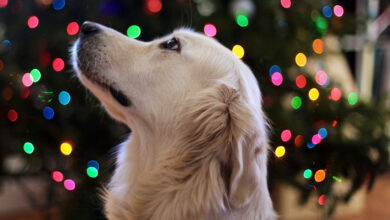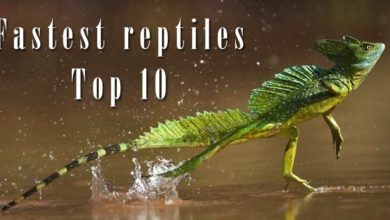Scottish Fold cat
The Scottish Fold is a shorthair cat, whose main feature are hanging ears, so-called folded ears. This trait is the result of a stable and inheritable mutation. The Scottish Fold cat breed emerged from breeding efforts in Great Britain in the early 1960s. It is now mainly bred in the United States today, due to the varying degrees of recognition from breed associations around the world. In the case of a Scottish Fold cat, the word “fold” defines the most characteristic feature of the breed – broken/bent ears. Thanks to its appearance, it attracts the attention of many cat lovers. Not only the unique physiognomy captivates potential owners, but also (and perhaps most of all) such features as a high level of socialization, intelligence and innate charm. However, these are not all the advantages of a Scottish Fold cat.
Classification
Scottish Fold cat (longhair and shorthair) is not accepted by FIFe. Despite this, most felinological federations recognize it as a full-fledged breed that can participate in exhibitions. FIFe does not accept it for fear of possible health consequences caused by the gene responsible for the characteristic, broken ears. These consequences include e.g. progressive arthritis.
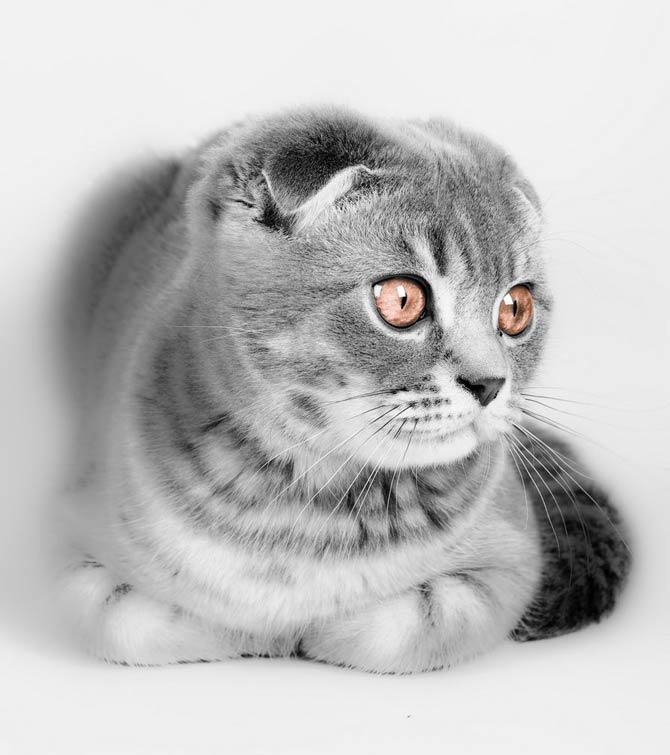
History of the breed
The breed’s progenitor is Susie – a white kitten with specific, broken ears, which hunted mice in the Scottish region of Tayside. Perhaps she would never have been made public if she had not been noticed in 1961 by the shepherd William Ross, who was interested in cats. When the kitten gave birth to a litter, Ross adopted one female he named Snooks. After reaching maturity, she also had kittens.
Thanks to Snooks, cats, which at first were called Folds, appeared in the world. The term “Scottish” was added over time to emphasize their origin.
At some point, more people became interested in breeding the new breed. By the way, it was also established that the mutation responsible for pendulous ears is the dominant feature. This means that one “folded” parent is enough to show it in kittens.
Another mutation was responsible for the long hair, which was also passed down from generation to generation. Some federations call today’s longhair fold cats as, Highland Fold, Scottish Fold Longhair, Longhair Fold and Coupari.
In the USA, these cats appeared in 1971, and in the mid-1970s the breed was registered with most of the North American felinological federations. Ironically, it was not accepted in its home country of Scotland. The reason for this decision is the fear that broken ears could lead to cartilage problems, multiple infections, or deafness.
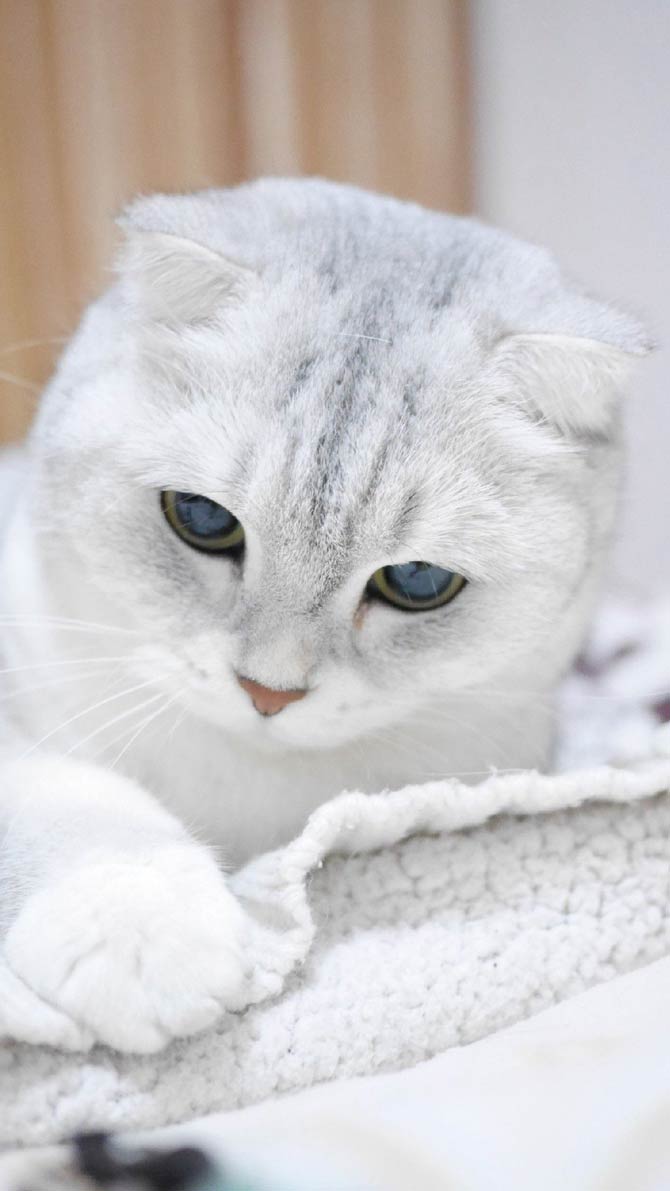
Characteristic
Appearance
Medium-sized cat; males usually weigh 4-6 kb (8.8 – 13.2 lb), and females 2.7-6 kg (6 – 13.2 lb). The silhouette is bulky, covered with thick, soft, plush fur. Round head, emphasizing dropped ears. On the face, eyes are set wide apart, giving the face a sweet expression.
Within the breed, there are both short and long-haired varieties. Both of them accept all coat colors and patterns.
In the long-haired variety, there are additionally pants (longer hair on the back of the hind legs), a plume on the tail and tufts of hair in the ears. Sometimes there is also a ruff around the neck. Thanks to the ears, the head looks like a ball, and the petals slightly sticking out on its tip remind of an owl.
However, there are several types of Scottish Fold cats: the ears can be fully placed or slightly raised. There are also cats with normal, protruding ears.
Even though the ears are lying down, they can still reflect the animal’s emotions (e.g. anger) and turn around to locate the source of the sound. Although owners notice increased earwax production, the folding of the earlobes does not affect the development of the infection. Hence, cases of deafness are caused not by the shape of the ears but by the white color of the cat.
The specific position of the ears is the result of a mutation that changes the appearance of the cartilage. Although they add charm to a cat, the responsible mutation also affects bone deformities. Kittens with this trait are more likely than both parents to develop osteodystrophy, causing bone distortion and enlargement, which in turn results in disability.
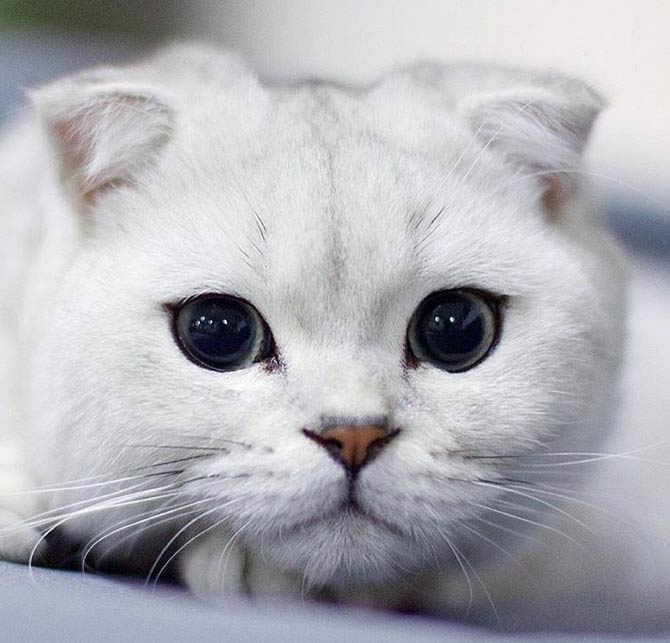
Temperament
In addition to specific ears, the Scottish Fold is also distinguished by the way the body is arranged. It often lays flat on the ground like a frog, and sits down like meerkats watching their surroundings. He also likes to lie flat on his back with his paws stretched upwards.
He is highly intelligent, likes to have fun, but not to be messy. He loves toys that test his intelligence, e.g. various puzzles. However, he is most interested in activities related to the owner. He willingly participates in the lives of his owners, and also likes to attract attention.
Due to his high socialization, he does not tolerate long hours of loneliness. It is therefore not suitable for people who are away from home all day. However, this can be “avoided” by purchasing a second cat to accompany the Scottish Fold during the absence of the owners. A cat’s friend will not replace the need to play and spend time with people, so you have to reckon with the fact that after returning from work, the Scottish Fold will want to get on your lap or play for a while.
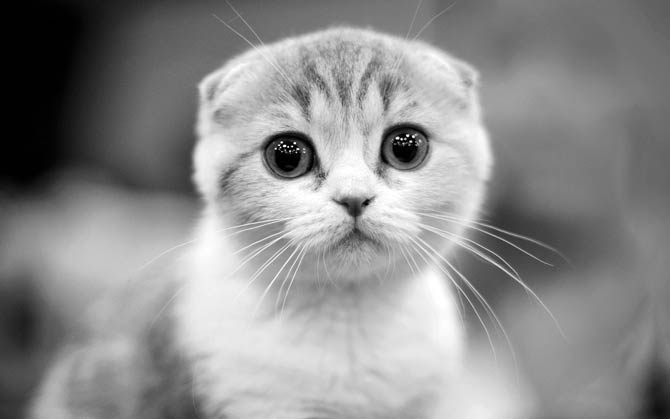
Health condition
Both purebred cats and Scottish Fold cat hybrids have several health problems, including genetics. Within the breed, the most common are:
- Hypertrophic cardiomyopathy – a disease involving the growth of the heart muscle. It is not a genetic disease
- Osteoarthritis – occurs mainly in the tail, ankles and knees. The disease causes pain or difficulty moving.
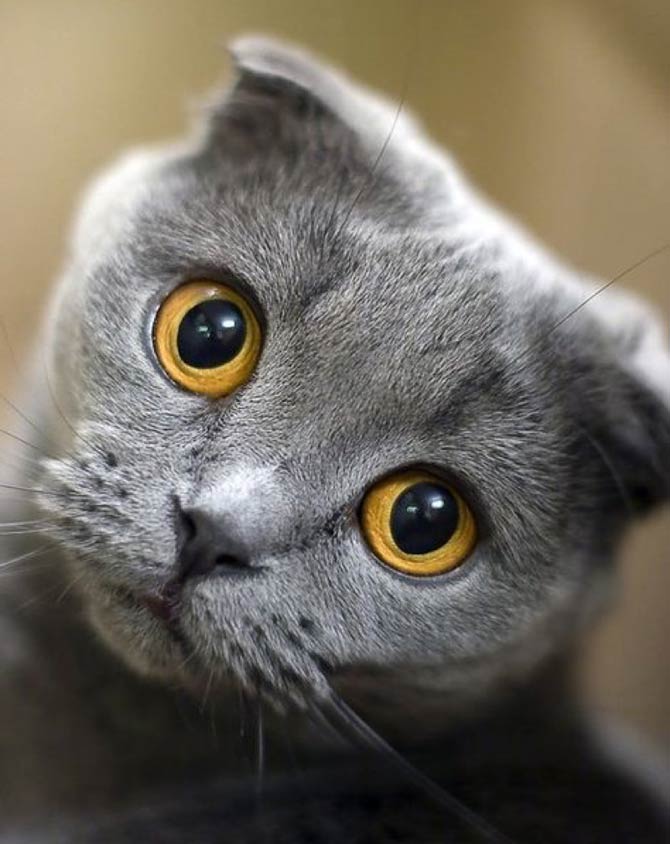
Detailed data / size
Scottish Fold cat
- Height at the withers: 20-25 cm (7.9 – 9.8 in)
- Weight: 2.7-6 kg (6 – 13.2 lb)
- Males: 4-6 kb (8.8 – 13.2 lb)
- Females: 2.7 – 4 kg (6 – 8.8 lb)
- Lifespan: 12-15 years
- Other names: Scot Fold
- Origin: Scotland
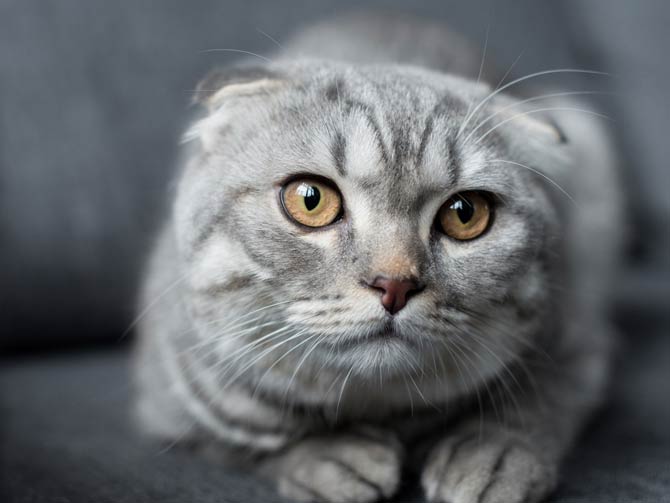
Scottish Fold cat – interesting facts
- All modern Scottish Folds are related to Susie.
- 50% of all kittens have the gene responsible for broken/folded ears.
- All kittens are born with protruding ears, but after about 3 weeks they begin to drop in individuals with the dominant gene.
- Like the vestigial tail of the Manx, the dropped ears of the Scottish Fold are the result of a natural genetic mutation.
- Scottish Folds were originally called “lop-eared” or “lops” after the lop-eared rabbit.
- The kittens that do not develop folded ears are called Straights.
